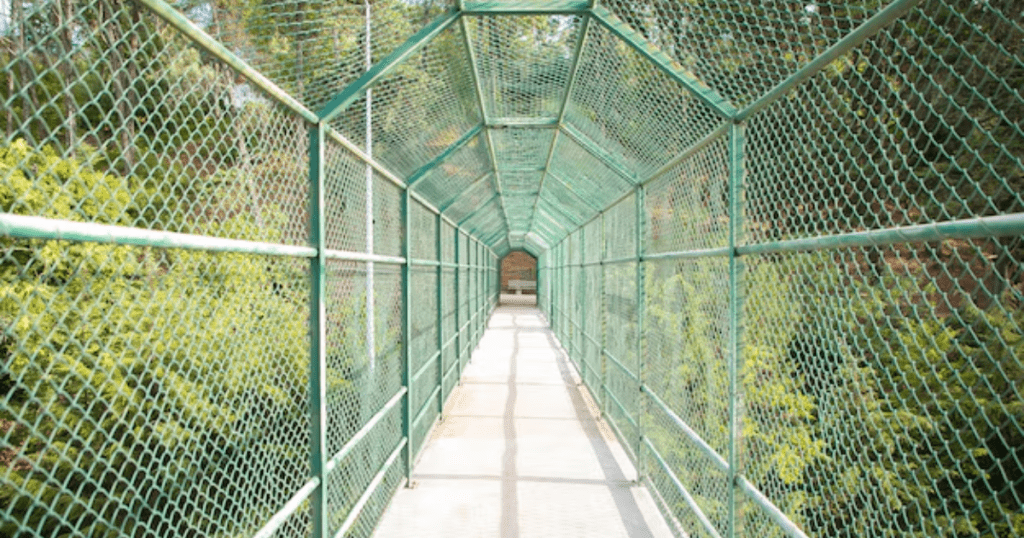Coexistence: Tactics for Reducing Human-Wildlife Conflict
To minimize human-wildlife conflict, the approach needs to be proactive. The best way to reduce human-wildlife conflict is through public education on how to behave in wildlife habitats. In regions where bears are common, people should be taught how to store food securely, garbage kept in bear-proof containers, and never feed wildlife. These measures not only make fewer opportunities for bears to visit but also encourage the animals to forage naturally, a way that is normal for them to survive on.

Another important approach is improving public infrastructure to accommodate wildlife. For example, construction of wildlife corridors would help bears and other animals move between habitats safely without having to cross human areas. Communities can also install bear-resistant trash bins, fencing, and warning systems that inform residents of the presence of wildlife in the area. Such simple measures can help prevent most negative interactions between humans and wildlife.
Sometimes, wildlife experts must intervene when the animals approach human settlements. For instance, relocation is necessary if a bear continually returns to the populated area and poses a public safety risk. However, this should be considered as the last option because relocation may interfere with the bear’s natural life and survival instincts. Through education, infrastructure improvement, and wise land-use planning, communities can create a safer environment for humans and wildlife.




